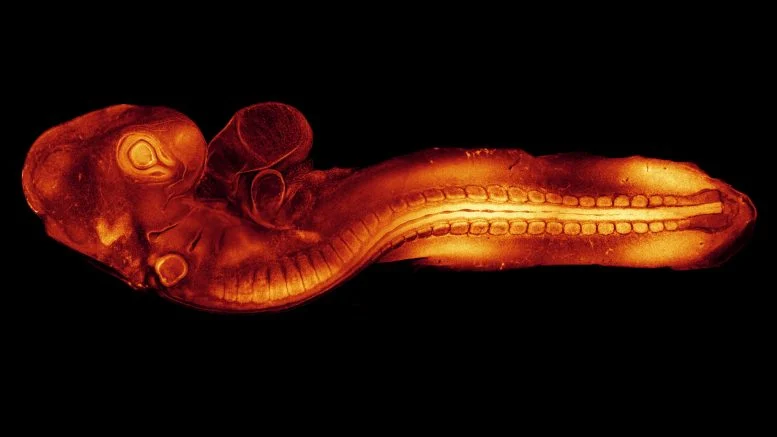University of Queensland researchers have made a potential breakthrough in understanding birth defects by using real-time imaging of quail embryos to study the development of the heart and nervous system. For the first time, researchers have captured real-time images and video of early embryonic development to learn more about birth defects.
Dr Melanie White and Dr Yanina Alvarez from the UQ Institute of Molecular Bioscience used quail eggs to understand how cells begin to form tissues such as the heart, brain and spinal cord.
Dr White said birth defects affected 3 per cent of Australian babies, with heart defects being the most common, followed by neural tube defects.
“Quails are very amenable to imaging because they grow in eggs, and their early development is very similar to human development as an embryo implants in the womb,” Dr. White said.
“For the first time, we have seen real-time, high-resolution imaging of key early developmental processes. “Until now, most of our knowledge of post-implantation development has come from studies done on static slides at fixed time points.”
Investigating cellular dynamics using fluorescent proteins
IMB researchers engineered quails with a fluorescent protein to reveal a structure called the actin cytoskeleton, which gives shape to cells and facilitates movement.
“When cells migrate during early development, they put out projections called lamellae and filopodia that extend and attach to surfaces, allowing the cells to crawl or reach out to other cells to bring them together,” Dr. White said.
Visualization of heart and neuron development
“We were able to image filopodia from cardiac stem cells deep in the embryo as they first come into contact, grasping their environment and each other and forming the early heart.
“This is the first time anyone has captured the actin cytoskeleton of a cell facilitating this contact in live imaging.”
The researchers also imaged the exposed edges of the neural tube and its “connection” that begins to form the brain and spinal cord.
“We saw that cells pull their projections across the open neural tube to make contact with the opposite side; the more projections the cells make, the faster the tube closes,” Dr. White said.
Potential implications for birth defects research
“If this process goes awry or is disrupted during the fourth week of human development and the tube does not close properly, defects occur in the embryo’s brain and spinal cord.
“Our goal is to find proteins or genes that could be used to screen for birth defects in the future. “We are very excited about the possibilities this new quail model offers to study development in real time.”
Source: Port Altele
